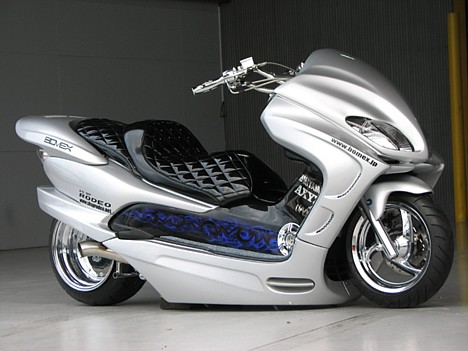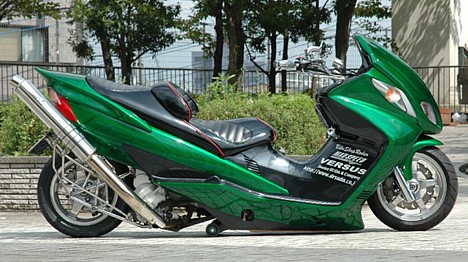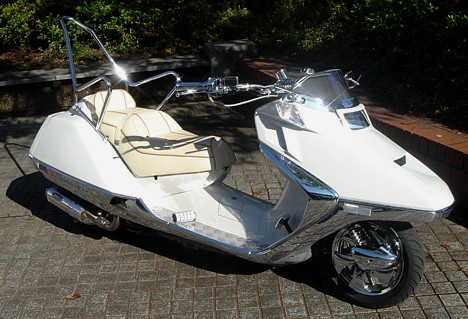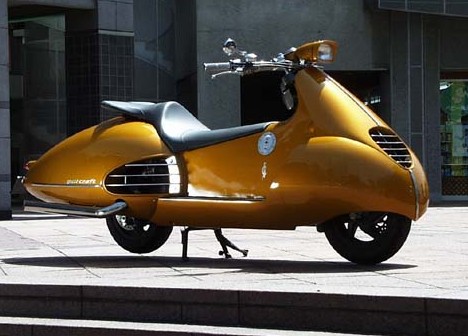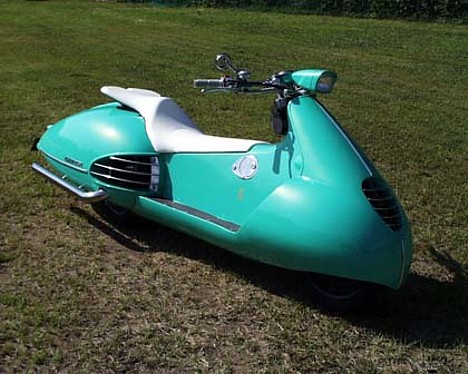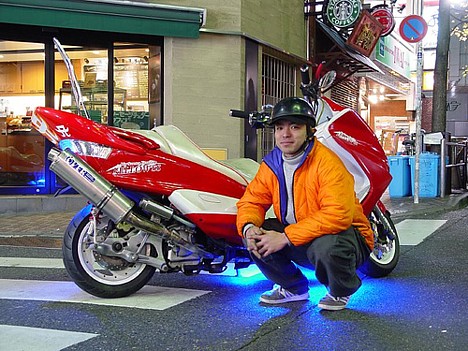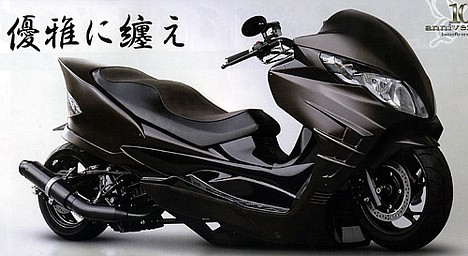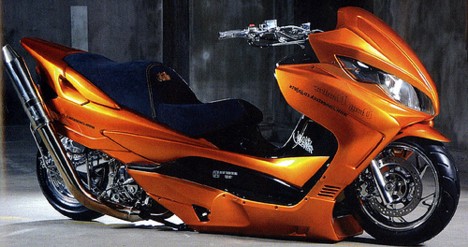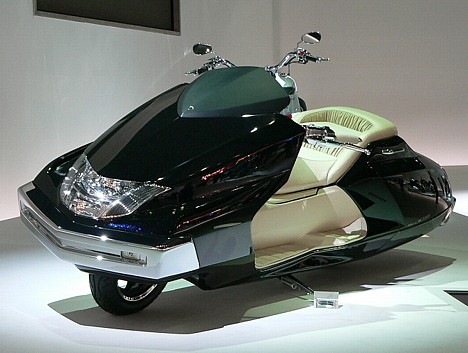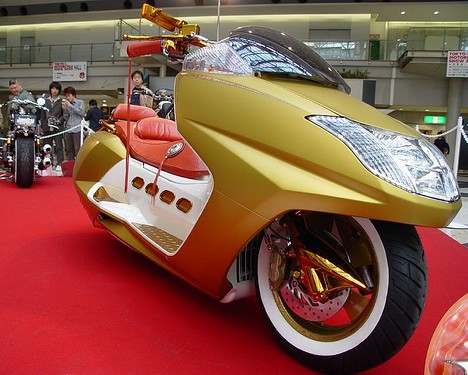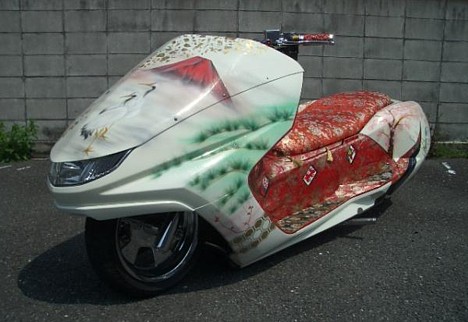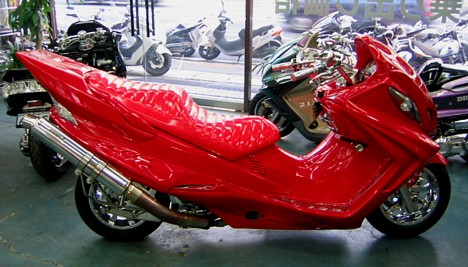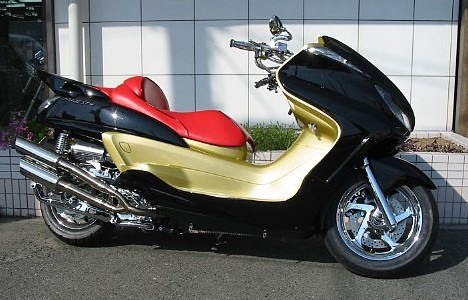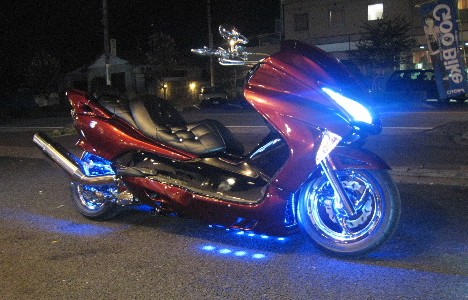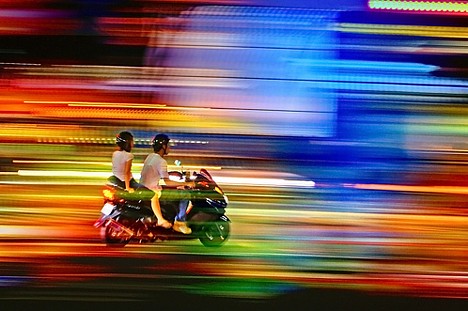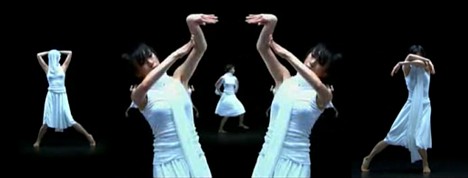Kintaro (a.k.a. "Golden Boy"), a popular child folk hero embodying strength and bravery, appears in statues, storybooks, anime, manga, noh, kabuki and candy. He was also the subject of numerous Edo-period woodblock prints.
Various legends say that Kintaro was raised by a Yamamba ogress in the mountains, where he learned to communicate with animals. In this Kuniyoshi print, Kintaro wears a dragon haramaki and referees a sumo match between a rabbit and a monkey, while an eerie blue demon and tengu look on.
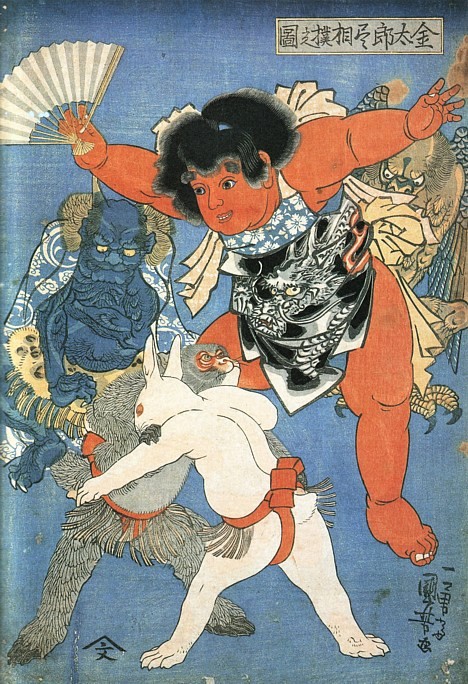
Kintaro Referees Sumo Bout Between Rabbit & Monkey (Kuniyoshi, ca. 1830)
As a youngster, Kintaro developed superhuman strength that enabled him to crush boulders, fight monsters and demons, uproot trees, and defeat bears at sumo. In this Yoshitsuya print, Kintaro demonstrates his unparalleled fighting skills by overpowering a giant python. His trademark axe is pictured at the bottom.
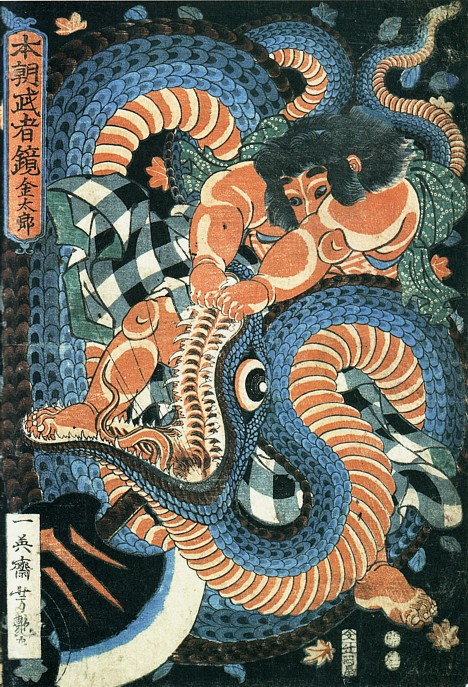
Model Warrior of Japan: Kintaro (Yoshitsuya, 1856)
The next series of prints, also by Yoshitsuya, show Kintaro with monsters and animals at various times of the year.
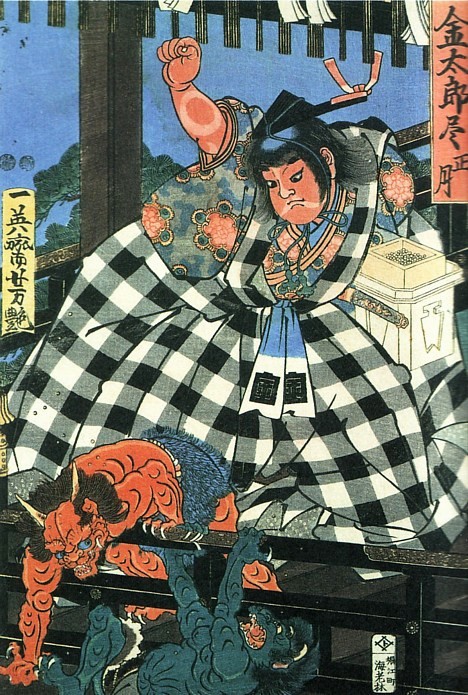
Kintaro at New Year's, Throwing Beans to Dispel Demons (Yoshitsuya, ca. 1840)
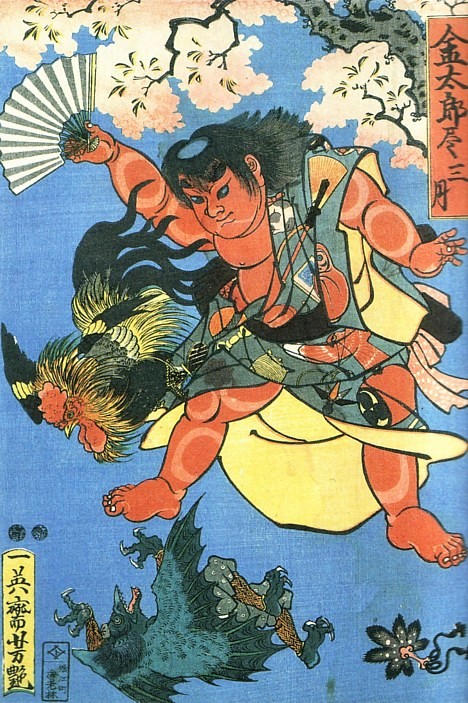
Kintaro in the Third Month, Refereeing Sumo between Rooster & Crow Tengu (Yoshitsuya, ca. 1840)

Kintaro in the Fifth Month, Riding a Carp (Yoshitsuya, ca. 1840)
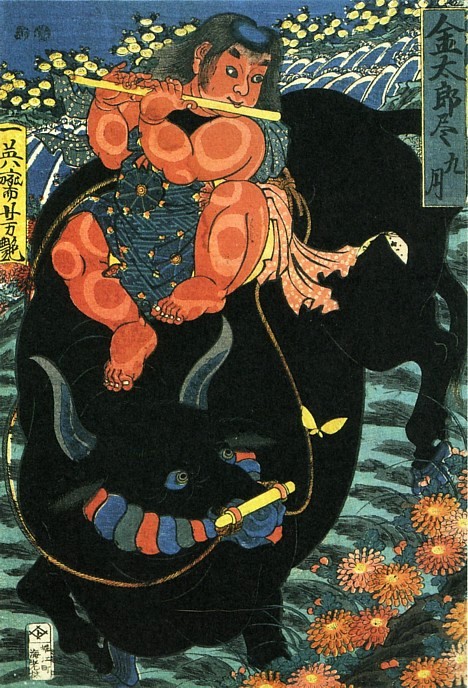
Kintaro in the Ninth Month, Riding a Bull (Yoshitsuya, ca. 1840)
Kintaro appears to be based on a real person named Sakata no Kintoki, a powerful Heian-period (794 to 1185 AD) warrior whose legendary status has grown with time. This Kuniyoshi print shows the young warrior wrestling a giant carp under a waterfall.
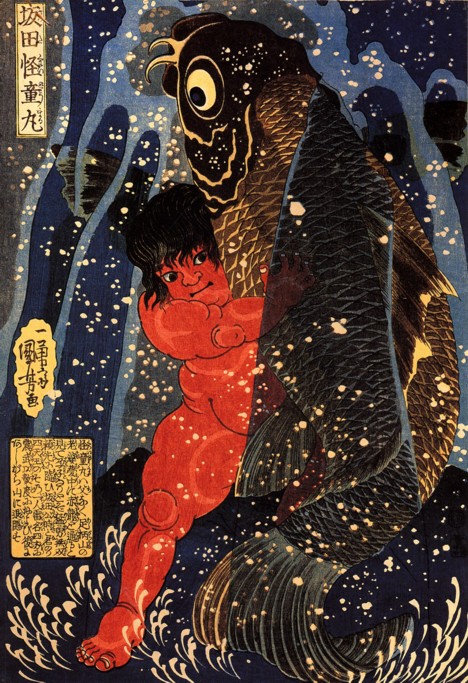
Kintaro Struggles with Giant Carp (Kuniyoshi, ca. 1835)
Kintaro is closely associated with Children's Day (May 5), when parents of young boys typically display Kintaro dolls -- usually riding a large carp -- in the hope that their kids grow up to be brave and strong.
[More: Kintaro (Wikipedia)]
 Lingerie maker Triumph International Japan has unveiled a new eco-friendly concept bra called the "Solar Power Bra" (太陽光発電ブラ - Taiyoko Hatsuden Bra), which aims to stimulate eco-awareness and promote clean energy.
Lingerie maker Triumph International Japan has unveiled a new eco-friendly concept bra called the "Solar Power Bra" (太陽光発電ブラ - Taiyoko Hatsuden Bra), which aims to stimulate eco-awareness and promote clean energy. 


















